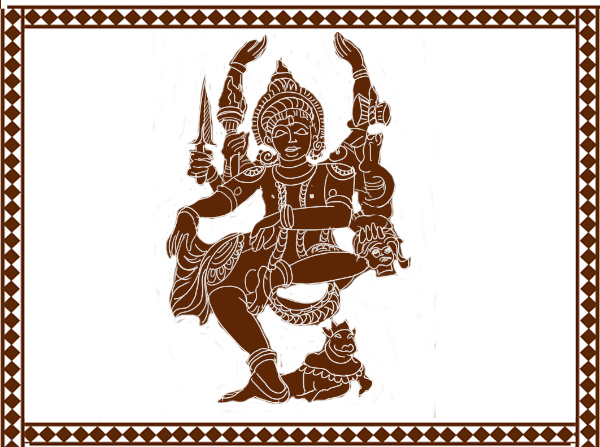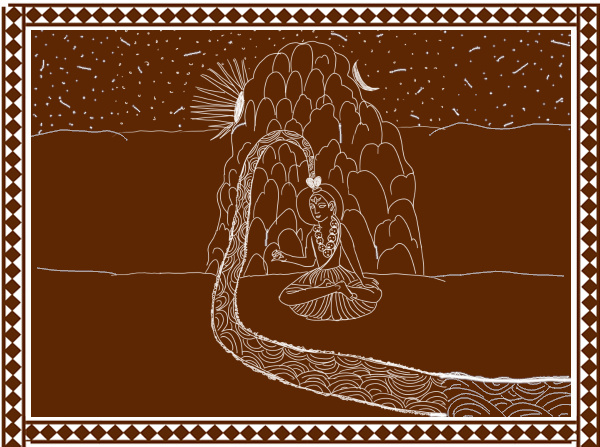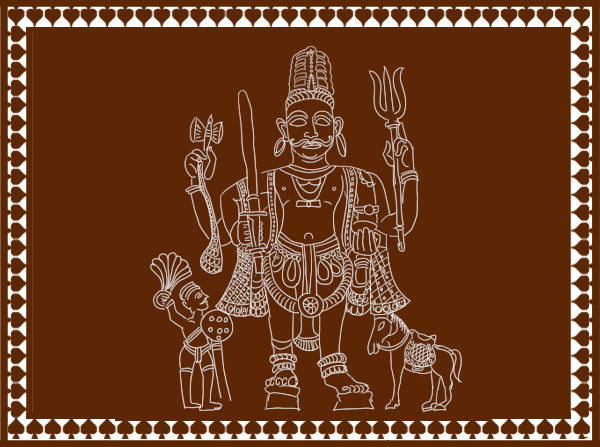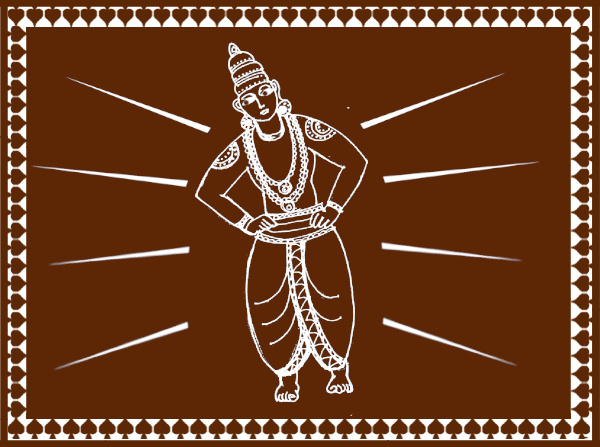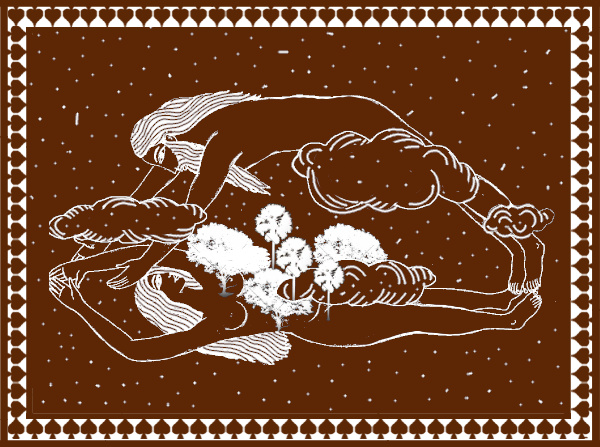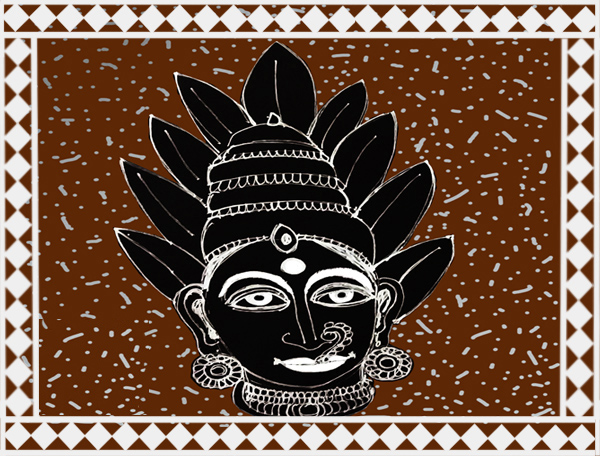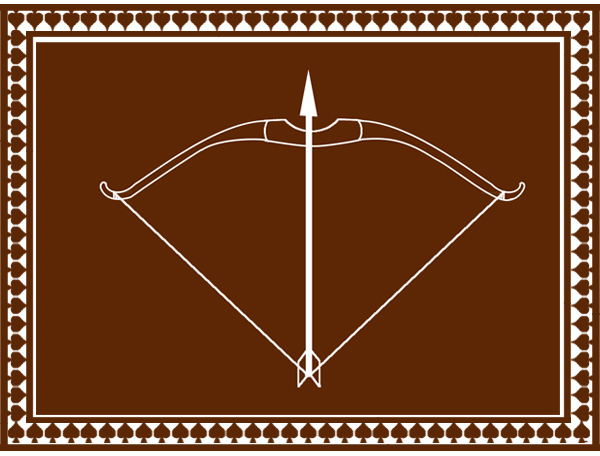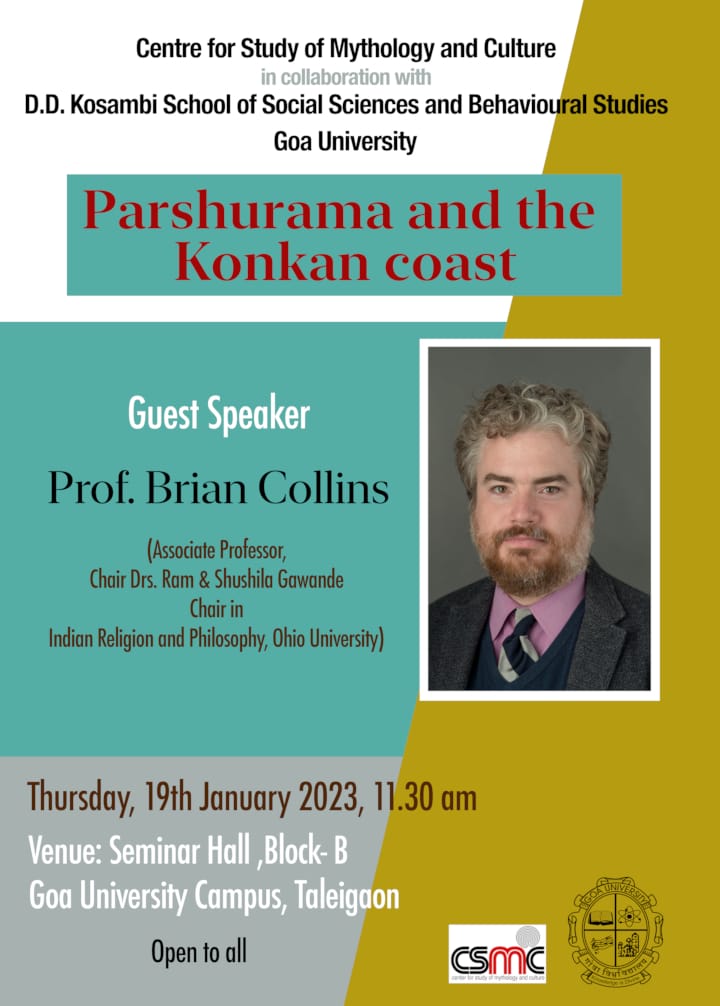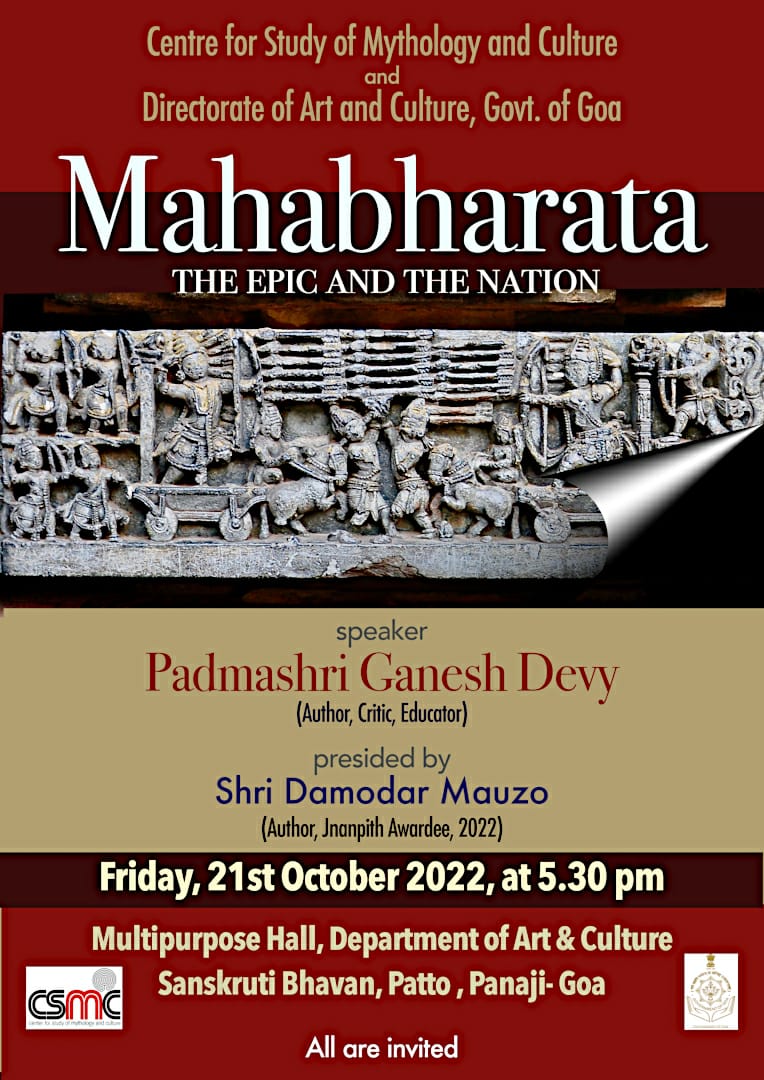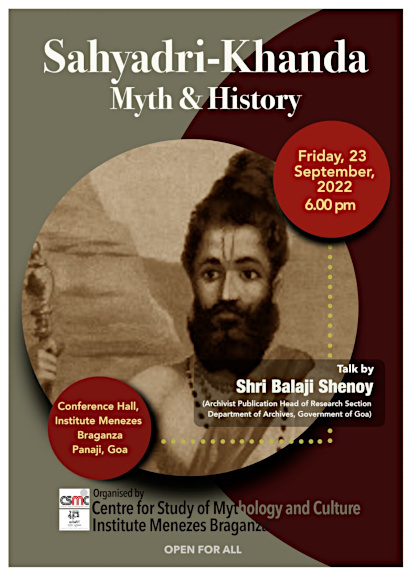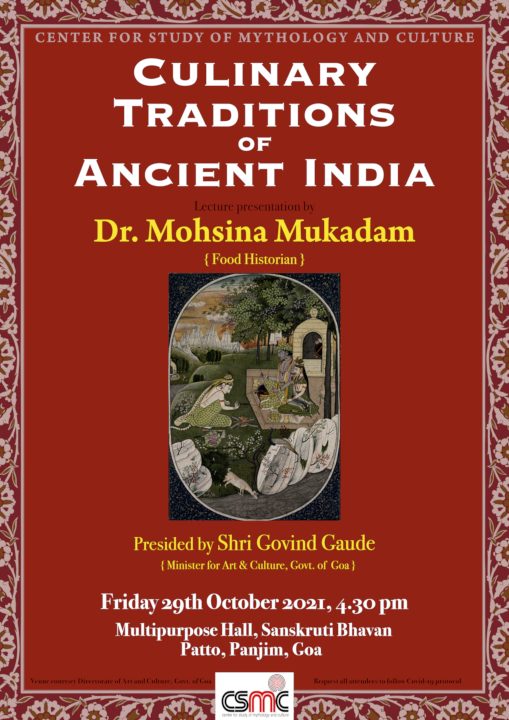
All stories have a beginning and an end. That’s what makes a story. But what if a story has no end or conclusion. Here is a curious example where the storyteller tricked a King by not ending a story.
Once there was a King who was very fond of listening to stories. He would listen to each and every storyteller that would visit his kingdom and keep demanding for more stories. Often these storytellers would run out of stories and King would be disappointed because he wanted more. One day, the King sent his town crier around his kingdom with the announcement that the King would award a thousand pieces of gold to any storyteller who could make the king get tired of listening to stories and make him admit “I had enough.” Many storytellers from adjoining towns got excited about the prize money and thought of trying their luck. But soon they would exhaust their collection of stories and the King would be still looking forward for more stories.
Defeated and crestfallen the storytellers would return home. One of the storytellers who had tried his luck at meeting the challenge and lost, told his friend about the challenge of storytelling. “Well if you win the challenge you would get thousand gold pieces,” he told his friend.
The friend of the storyteller was tempted by the award money and thought hard the whole night. Next day he arrived at the King’s court and said he was ready to accept the challenge. King’s courtiers led him to the chamber where the King would listen to the stories. The King entered the chamber and settled down and the storyteller’s friend began narrating his story… ” Once upon a time, a large flock of parrots sat on a tree. The tree was located next to a huge field that was freshly harvested with the gathered grain left in a large heap in the field. The farmers were planning to husk it the next day and send it to the granary. Suddenly one parrot swooped down from the tree towards the heap of grain, it picked up a few grains in its beak and flew back to the tree. Very soon another parrot swooped down towards the heap of grain picked up a few grains in his beak and came back…” Thus the storyteller went on for hours narrating one by one the parrots swooping down and picking up a few grains. The King, according to the contract had to respond with ” Hmmmm…” to suggest he is attentively listening to the tale. But after hours of listening to the same thing the King was now getting tired, bored and sleepy, but the storyteller was still counting parrots swooping down one by one.







